Actions for Success
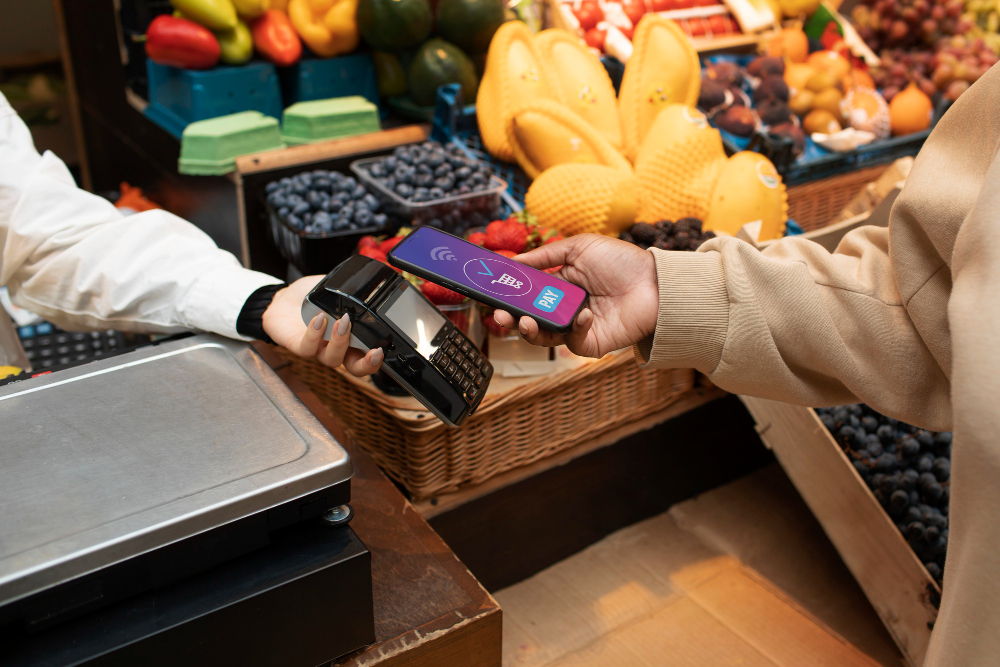
Before we dive into the guide, there are a few essential steps and resources you’ll need to succeed. And although I’ve mentioned some things based on experience, specific to my fellow Canadians, everything I share can be applied to my U.S. friends as well. Make sure to Follow me on Facebook as I get into more details.
Many people overlook a crucial aspect of their lives: financial health. The first step towards financial well-being is knowing how much money is coming in and going out of your bank account. Before we became aware of our spending habits, it was all too easy to spend without a second thought, but living paycheck-to-paycheck shouldn’t just be accepted; it’s a cycle that can be broken.
ACTION #1 – Know Your Finances
- Log in to your online account(s) and select your timeframe for the entire calendar year to get an overall view and understanding of your income and expenses for the entire year to-date.
- Then, change your timeframe to a full month to view your monthly transactions and also get a better understanding of your spending habits on a more achievable level.
- For both annual and monthly reviews, group your transactions by description/name and identify all areas where you are spending regularly.
- Ask yourself if there are expenses you can cut back on or eliminate altogether.
When my husband and I went through this process, we were shocked to discover that we were spending a significant amount of money on take-out food alone. Even though we only ate out once a week, our monthly total was around $400, adding up to $4,800 per year! With two teenagers in the family, a single take-out meal could cost us around $100 each week easily.
Additionally, we found that seemingly insignificant purchases, like a daily cup of coffee, were adding up to thousands of dollars each year. Small, frequent expenses can easily be overlooked, but when you take the time to analyze your finances, you’ll see the bigger picture.
Now that you have a better understanding of your income and expenses, you can identify areas to cut back, set a realistic grocery budget, and start saving. Monitor your finances regularly to ensure you stay on track. You’ll be surprised to see your savings grow each month as you make smarter financial decisions.
PRICE MATCHING
Price matching is the ultimate money-saving hack for smart shoppers, and the secret sauce to this system. Instead of driving around to multiple stores to snag the best deals, price matching is a great incentive offered by select stores that allows you to get the lowest advertised price of the same product without leaving your preferred store.
Not just for groceries, price matching applies to a wide range of products including home goods, electronics, toiletries, and cleaning products. Many discounted grocery stores offer the best bargains, saving you money on both sale and regular-priced items.
However, not all stores offer price matching, and policies vary. Some stores only match prices from select competitors within a certain radius. Knowing your local stores’ policies is crucial. Please see `Where to Shop` for my suggested choice.
Finding deals is easy, either by going through physical flyers or by using my go-to app, Flipp. Flipp partners with major retailers across North America, making it a valuable tool for saving money both in Canada and the U.S.
To make the most of price matching, match as many items on your list as possible. This ensures you get the best prices available for all of your items, saving you money with each purchase. Download the Flipp app for free today and start stretching your dollar further!
Please note, images shown here are for example purposes only taken from a previous 2024 shopping period. Weekly deals are subject to change.
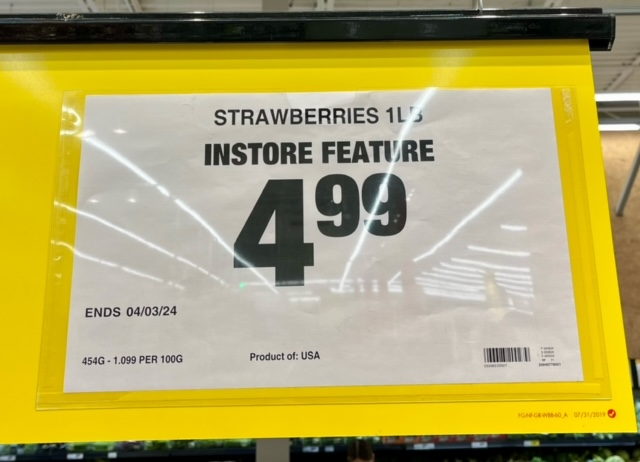
Strawberries Regular Price
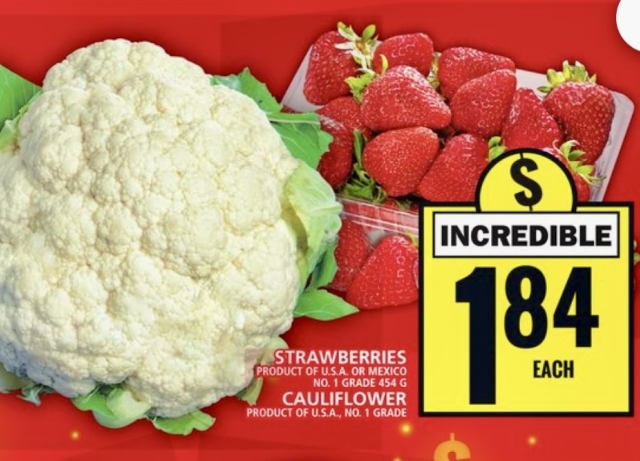
Strawberries Price Matched
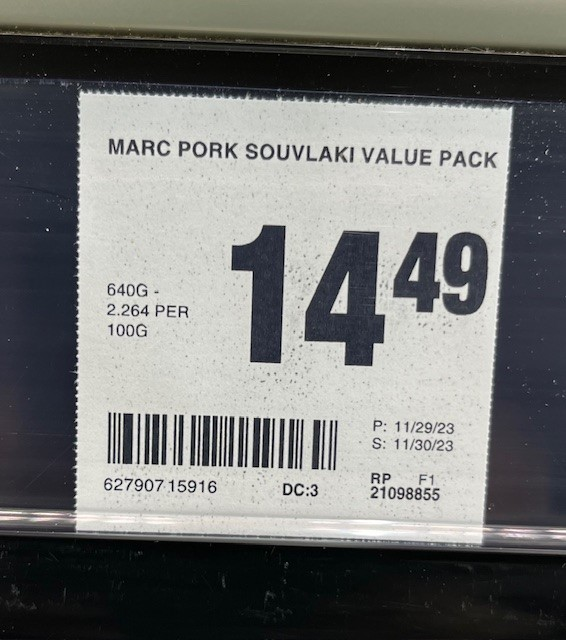
Souvlaki Regular Price
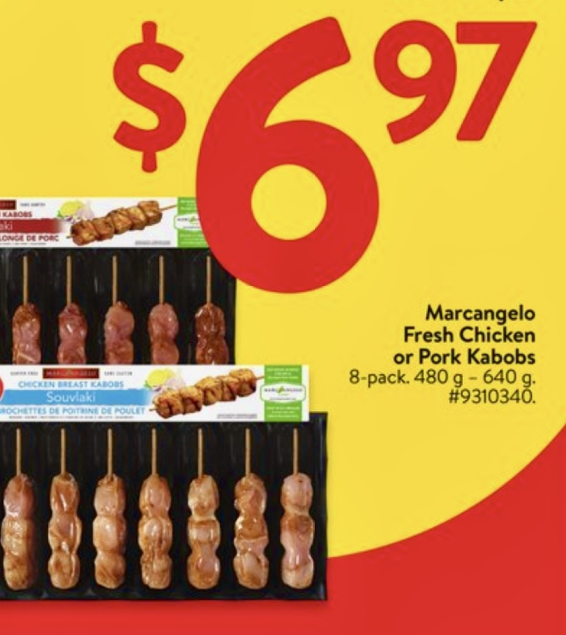
Souvlaki Price Matched
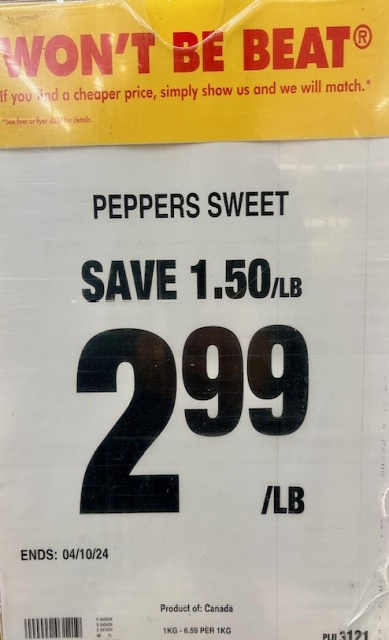
Peppers Regular Price
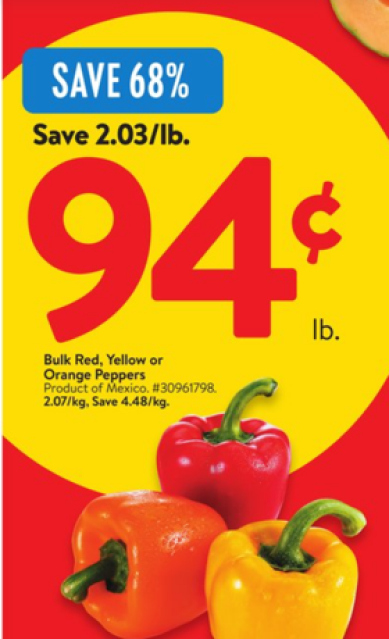
Peppers Price Matched
ACTION #2 - Connect to Flipp
Recommended: Download the mobile app as you will need to show the cashier the local deal you want to price match with so you will need to have it visible on your phone. Otherwise you’ll be hauling in a bunch of physical flyers and then wasting time going through each page (which I use to do before stumbling on Flipp)
WHERE TO SHOP?
When it comes to saving money on groceries, choosing the right store is key. Shopping at extravagant supermarkets with specialty stations might be convenient, but it’s not the most budget-friendly option. After experimenting by shopping at all of the major grocery stores every few weeks, I found that No Frills offers the best value for your money.
Contrary to common misconceptions, discount stores offer fresh products, clean premises, and excellent customer service. Shopping early in the morning ensures a quiet and efficient experience, although you might need to wait for some items to be restocked but the staff are always helpful.
Discount stores also provide their own brand products, which are often as good as or better than name brands, at a fraction of the price.
No Frills is my go-to for a couple of reasons:
- Their regular and in-store prices are generally lower than those of their competitors.
- They offer a price matching incentive.
- They have a great reward points program, PC Optimum.
ACTION #3 – Sign Up for PC Optimum
When shopping to save money, it’s essential to align your mentality with your budget. Avoid overspending by buying only what you need, even if it means not buying in bulk. Remember, saving money requires changing your approach and sticking to your budget.
- It’s free, sign up now!
- You earn points while you shop and the points are translated into dollars that can be used towards future purchases anywhere that accepts PC Optimum.
- It also provides you with some incredible member pricing on select items as well.
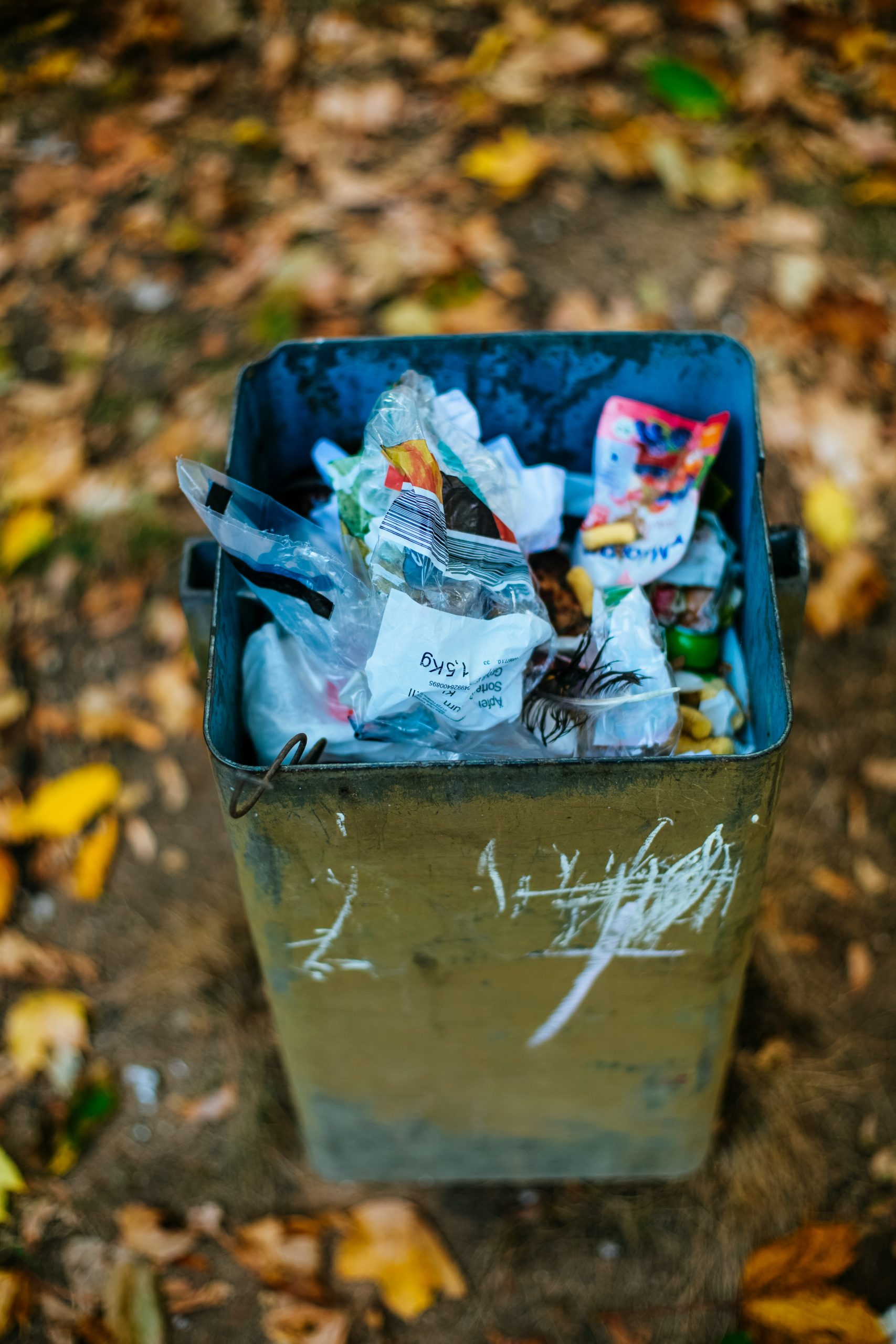
WASTE NOT, WANT NOT
Food waste is a significant issue in North America. Reasons for food waste include improper storage, overbuying, confusion over food labels, ingredients going bad, and poor planning.
This is a global problem, happening right in our homes, often more frequently than we realize. Despite widespread food insecurity, food is consistently wasted. To address this issue, let’s focus on what we can do in our own environments.
Years ago, my household struggled with food waste. I realized this was mainly due to lack of preparation and organization. How often have you gone to the grocery store without a list, only to find yourself throwing out unused food later? Visualize that wasted food as money going into the trash.
To start saving, you need to prepare and get organized before you shop. Here’s your next step:
ACTION #4 – Take Inventory of What You Have

Check your freezer
for items like bread, milk, and meats that can be frozen and used later.
Check your pantry
for canned goods, dried items like legumes, rice, pasta, flour, and other items with a long shelf life.

Check your fridge
for items that are still good and can last until your next shopping trip, such as eggs, butter, cream, milk, yogurt, and produce.
For instance, if you have a full bottle of orange juice that’s not expired, you don’t need to buy more. Similarly, if you have enough eggs to last the week, you can skip buying them.
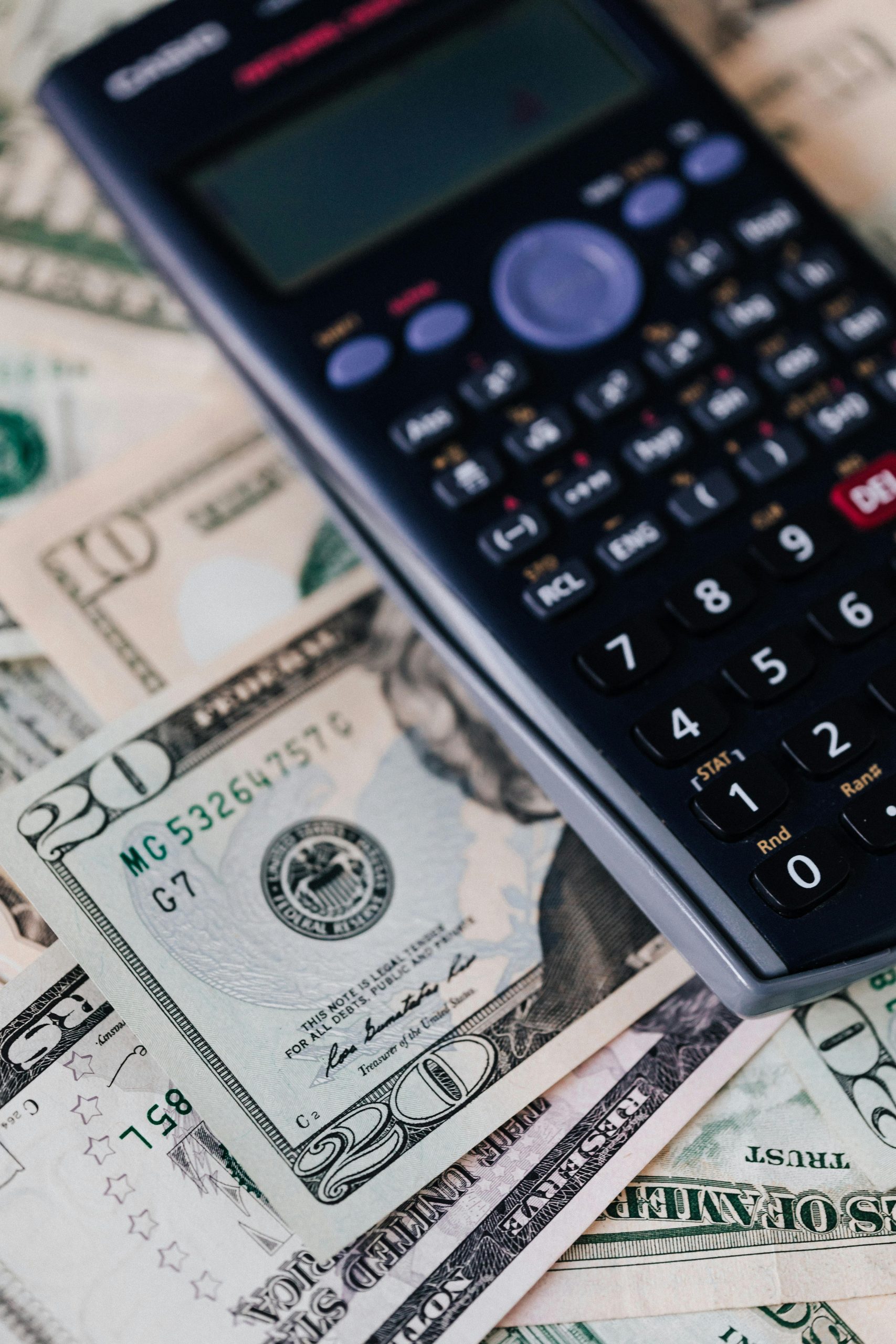
NEEDS VS WANTS
Next up: distinguishing between your needs and wants. If you’re starting out and aiming to save money every month to build up your savings, prioritize spending only on necessities for now. Picture this: your budget can only stretch to bread or chocolate sauce—bread wins every time, right?
It takes discipline to stick to your list, resisting the temptation of those enticing yellow tags. Ask yourself: is it a need or just a want? Remember, the goal is to spend as little as possible within your budget, so you actually have a savings.
ACTION #5 - If you don’t need it, put it back and stick to your budget.
Helpful Tip: Never grocery shop on an empty stomach—you’ll end up buying more than planned. Preparation is key, so have a satisfying meal before hitting the store to avoid one of the most common budgeting blunders.
If you are just starting off to get out of that pay-check-to-pay-check cycle of defeat, you`re going to have to change your mentality and your spending habits. I know it may seem hard at first, but believe me, when you stick with this system and become more financially aware, you will be amazed at how you begin building a cushion of savings.

